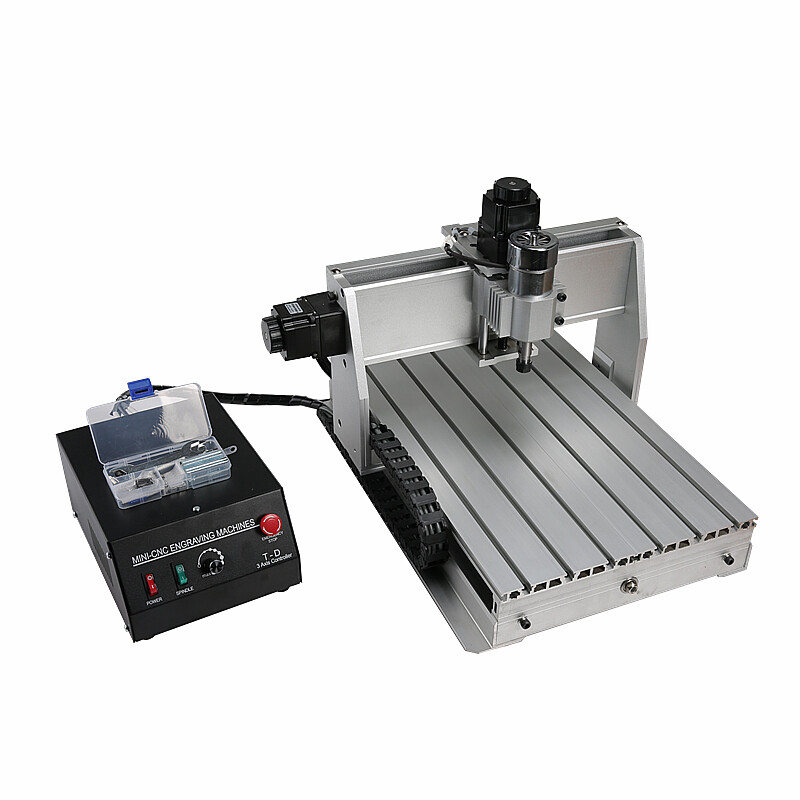รูปแบบอีเมลผิดพลาด
emailCannotEmpty
emailDoesExist
pwdLetterLimtTip
inconsistentPwd
pwdLetterLimtTip
inconsistentPwd

ข่าว
Do You Know the PCB Manufacturing Process?(1)
PCB, also known as a printed circuit board, is an important electronic component and the support of electronic components. Because it is made by electronic printing, it is called a "printed" circuit board.
Before the emergence of PCB, the circuit was composed of point-to-point wiring. The reliability of this method is low because, with the aging of the circuit, the rupture of the line will lead to the open circuit or short circuit of the line node. Winding technology is major progress in circuit technology. This method improves the durability and replaceability of the line by winding small-diameter wire around the column of the connection point.
When the electronic industry develops from vacuum tubes and relays to silicon semiconductors and integrated circuits, the size and price of electronic components are also declining. Electronic products appear more and more frequently in the consumer field, prompting manufacturers to find smaller and cost-effective solutions. So PCB was born.

PCB manufacturing process
The production of PCB is very complex. Taking the four-layer printed board as an example, its production process mainly includes PCB layout, core board production, inner PCB layout transfer, core board drilling and inspection, lamination, drilling, copper chemical precipitation of hole wall, outer PCB layout transfer, outer PCB etching, and other steps.
PCB layout
The first step in PCB production is to sort out and check the PCB layout. The PCB manufacturing factory receives the CAD files from the PCB design company. Since each CAD software has its unique file format, the PCB Factory will convert it into a unified format - extended Gerber rs-274x or Gerber x2. Then the factory engineers will check whether the PCB layout conforms to the manufacturing process and whether there are any defects.
Fabrication of core board
Cleaning the copper-clad laminate, if there is dust, may cause the final circuit to short circuit or open circuit.
The figure below is the legend of an 8-layer PCB, which is composed of 3 copper-clad laminates (core boards) plus 2 copper films, and then bonded with semi-cured sheets. The manufacturing sequence is to start from the scoreboard in the middle (4 and 5 layers of circuits), and then stack it together, and then fix it. The fabrication of 4-layer PCB is similar, except that only one core board and two copper films are used.
Inner PCB layout transfer
First, make two layers of circuits of the core. After the copper-clad laminate is cleaned, a layer of photosensitive film will be covered on the surface. This film will cure when exposed to light, forming a protective film on the copper foil of the copper-clad plate.
Insert two layers of PCB layout film and double-layer copper clad laminate into the upper layer of PCB layout film to ensure that the upper and lower layers of PCB layout film are stacked accurately.
The photosensitive machine irradiates the photosensitive film on the copper foil with a UV lamp. Under the transparent film, the photosensitive film is cured, but under the opaque film, there is still no cured photosensitive film. The copper foil covered under the solidified photosensitive film is the required PCB layout circuit, which is equivalent to the role of laser printer ink in manual PCB.
Then clean the uncured photosensitive film with lye, and the required copper foil circuit will be covered by the cured photosensitive film.
Then etch the unwanted copper foil with a strong alkali, such as NaOH.
Tear off the cured photosensitive film to expose the required PCB layout circuit copper foil.
Core plate punching and inspection
The core board has been made successfully. Then punch alignment holes on the core plate to facilitate the next alignment with other raw materials.
Once the core board is pressed together with the PCB of other layers, it cannot be modified, so inspection is very important. The machine will automatically compare with the PCB layout drawing to check the errors.
Lamination
A new raw material called semi-cured sheet is needed here, which is the adhesive between the core board and core board (PCB layers >4), as well as between the core board and outer copper foil, and also plays the role of insulation.
The copper foil and two layers of semi-cured sheets in the lower layer have been fixed in place through the alignment hole and the iron plate in the lower layer in advance, and then the prepared core plate is also put into the alignment hole. Finally, two layers of semi-cured sheets, one layer of copper foil, and one layer of a pressure-bearing aluminum plate are covered on the core plate in turn.
Place the PCB boards clamped by the iron plate on the support, and then send them into the vacuum hot press for lamination. The high temperature in the vacuum hot press can melt the epoxy resin in the semi-cured sheet and fix the core plates and copper foil together under pressure.
After lamination, remove the upper iron plate by pressing PCB. Then take away the pressure-bearing aluminum plate, which also plays the responsibility of isolating different PCBs and ensuring that the outer copper foil of the PCB is smooth. At this time, both sides of the PCB will be covered by a layer of smooth copper foil.
Make a purchase of best pcb milling machine, pcb milling machine price, cnc for pcb milling from China, you can get them at a good price if you have a large quantity. We hope to be your long-term partner.

